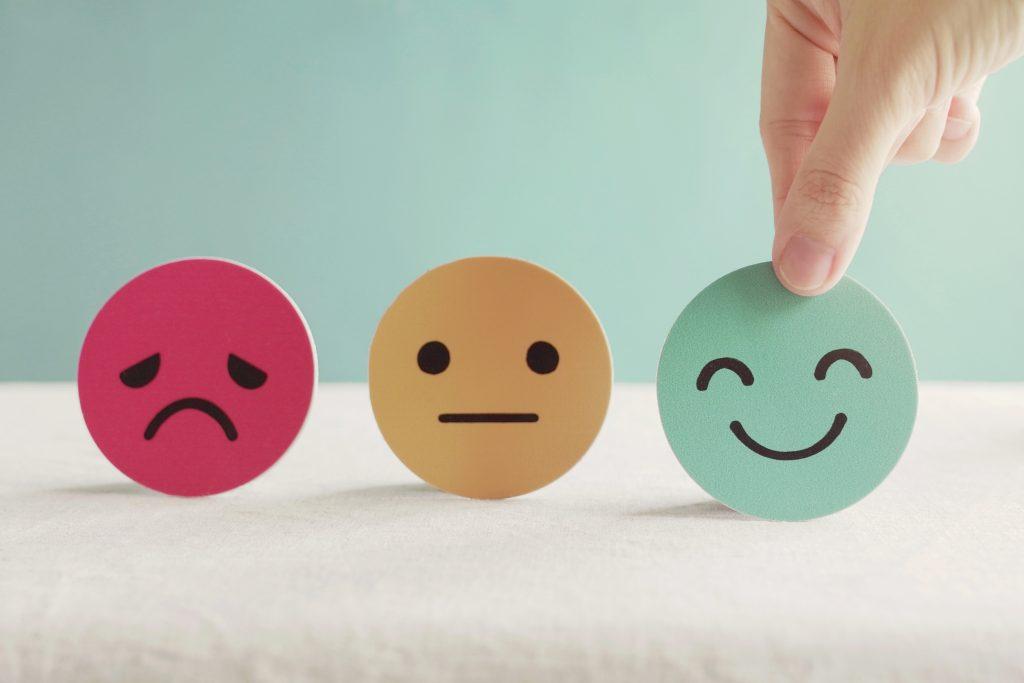In our culture, Spring represents a time of rebirth, awakening, expansion, and giving birth to a new chapter. I often get a surge of energy to deep clean, declutter, make space for the new, create new intentions, and map them out. Many of us feel hopeful and seek out activities that bring us joy. Spring is also a time when many fall into a deep depression. According to Live Science, studies dating back to the late 1800s find that suicides peak in the Spring and are lowest in winter. When I first learned this in 2009, I was surprised. The Program Director (at the time), Diane Brice, of Suicide Prevention Service of the Central Coast, explained that it is socially acceptable for people to feel depressed in the winter and withdraw. We use the weather and reasons for withdrawing for those who do not have strong family and friend connections. Our society accepts these factors as valid reasons to feel depressed. Those that are depressed often tell themselves, “Spring is right around the corner. I will start feeling better once I get more sunlight and start partaking in social activities again.” When Spring comes, people who don’t feel better give up hope.

Tending to our Well-being Moment to Moment
If you research this, you will find there have been many studies that show other contributing factors. For example, The Johns Hopkins assistant professor of psychiatry and behavioral sciences, Adam Kaplin, say’s, “Overwhelming evidence suggests that inflammation from various sources, including allergic reactions, can cause or worsen depression. Our immune system spends the winter trying to ward off viral infections but not trying to ward off allergies, which affect more than 50 million Americans each year. Seasonal allergies in the Spring put many Americans at a higher risk for depression.” Kaplin said, “Spring is particularly tough for people who are depressed because, after a largely solitary winter, those people emerge into a world full of rebirth, rejuvenation, and revelry. In contrast, they feel dark and sad.”
So, what do we do with this information? How do we support ourselves and others experiencing depression no matter the time of the year? After my brother, Aaron Avila, took his life in May of 2009, I started exploring ways to improve my self-care/self-love.
Below are some of the things I began to incorporate into my daily routine, and because of these conscious decisions, I gave birth to a new purpose and service.
1. I practice being present: When my mind drifts to the past or future or starts creating stories, I gently bring my awareness back to the present. I acknowledge my environment through sight, smell, touch, and sound.
2. I practice daily meditations and breathwork. There is an abundance of free guided meditations and breathwork exercises offered by trusted practitioners online. I recommend Breathwork Instructor Carol Lampman. As for guided meditations, I offer a variety of options through my practice. Click here to email me and receive a free meditation today.
3. I practice listening to my inner voice, trusting what I hear, and acting on what I receive.
4. I practice daily affirmations: I replace thoughts, thought patterns, and old beliefs that no longer serve with supportive affirmations. I don’t just say the words or write them in a journal as part of a daily to-do list I can check off; I embody my affirmations.
5. I engage in an activity that brings me pure joy each day. For example, dancing, running, playing with my son, watching something funny, being silly, using my creativity, etc.
My list goes on, and I am happy to provide more of my daily practices. However, I want to shift gears. As I mentioned before, I gave birth to a new purpose and service by exercising more self-love. By practicing the above daily habits, I can now hold space for those who need authentic connection. I attract people seeking support as they navigate thoughts of not belonging and are ready to transition from a mindset that does not serve their well-being.
Below are some ways I practice holding space for those who are depressed, suicidal, struggling mentally, etc.
1. It can be challenging to know what to say when someone is deeply depressed, suicidal, and not feeling stable. I ask, “Do you want me to offer input, or would you like me to sit silently with you? No matter what, I am here and support you.”
2. Movement! Movement is so therapeutic. Sometimes a gentle walk in nature can help us shift perspectives and stop us from dwelling on things that are not serving us. I like to invite those who are not feeling their best to join me for a walk, hike, or run.
3. It is good to remind ourselves that life has not always been a challenge; there have been joyful moments too. I ask others to share a joyful experience with me and invite them to seek similar activities and experiences.
4. I also ask, “What lights you up? What brings you joy?” I then encourage the person to engage in those activities. Depending on their list, I provide resources to get them started.
5. I meditate and do breathwork with them.
6. And so much more! Please email me if you or someone you know needs support.
There are many paths we can take to tend to our well-being. A healthy first step is strengthening our connection to self and creating authentic relationships with others. There are so many resources available that offer free support groups. Below are a few resources:
American Foundation for Suicide Prevention
Connection & Prevention with Tavia Avila



















